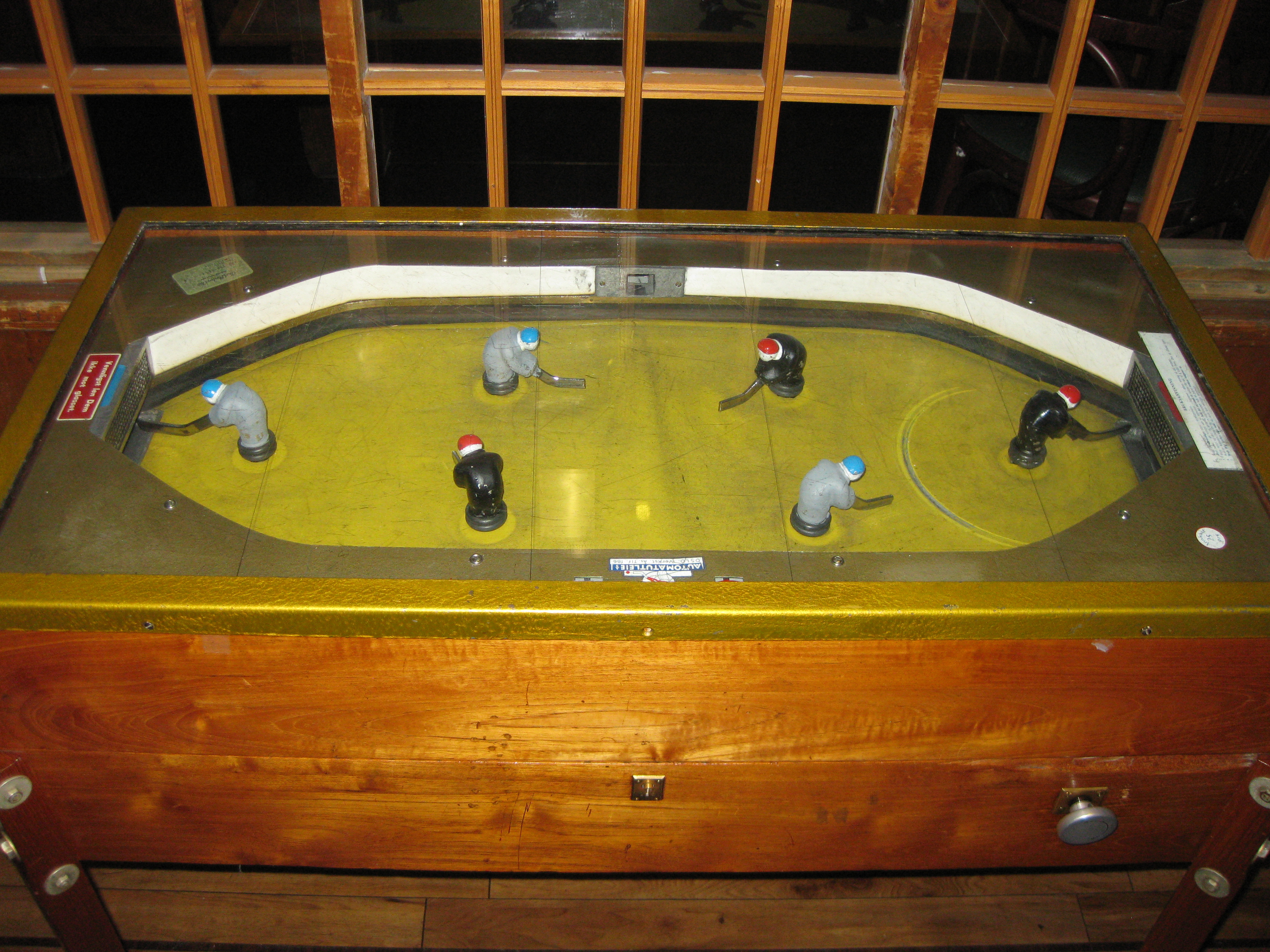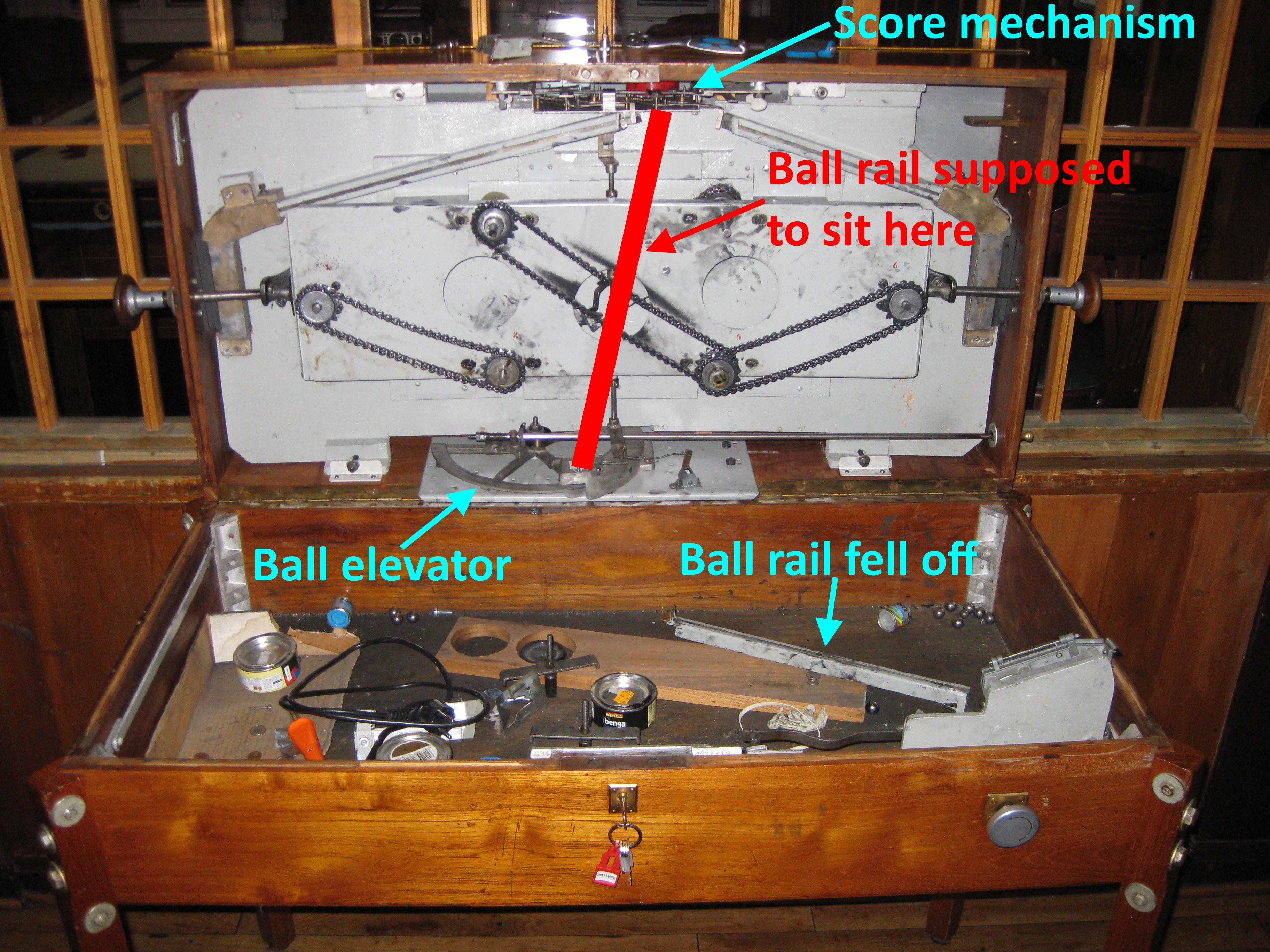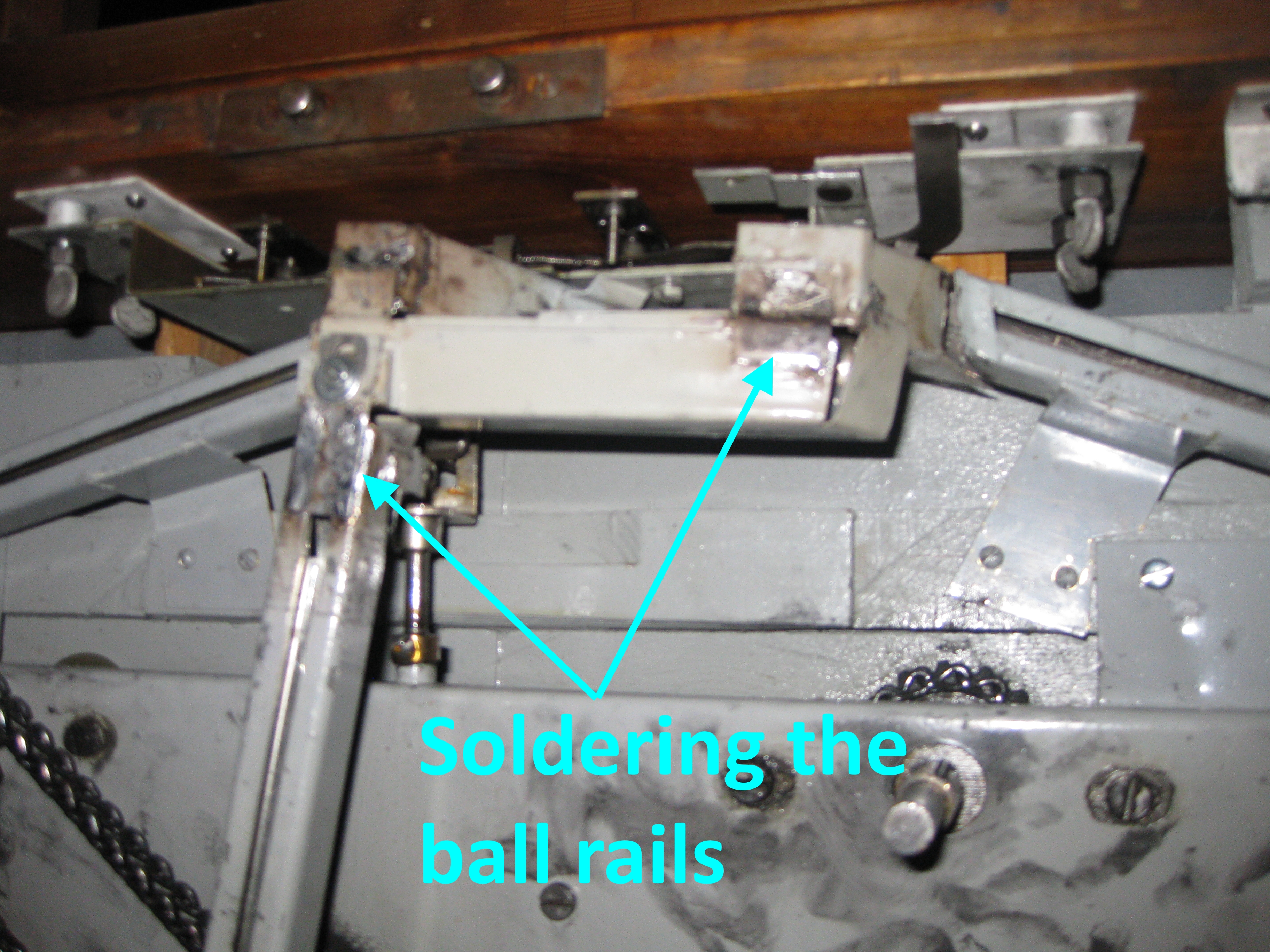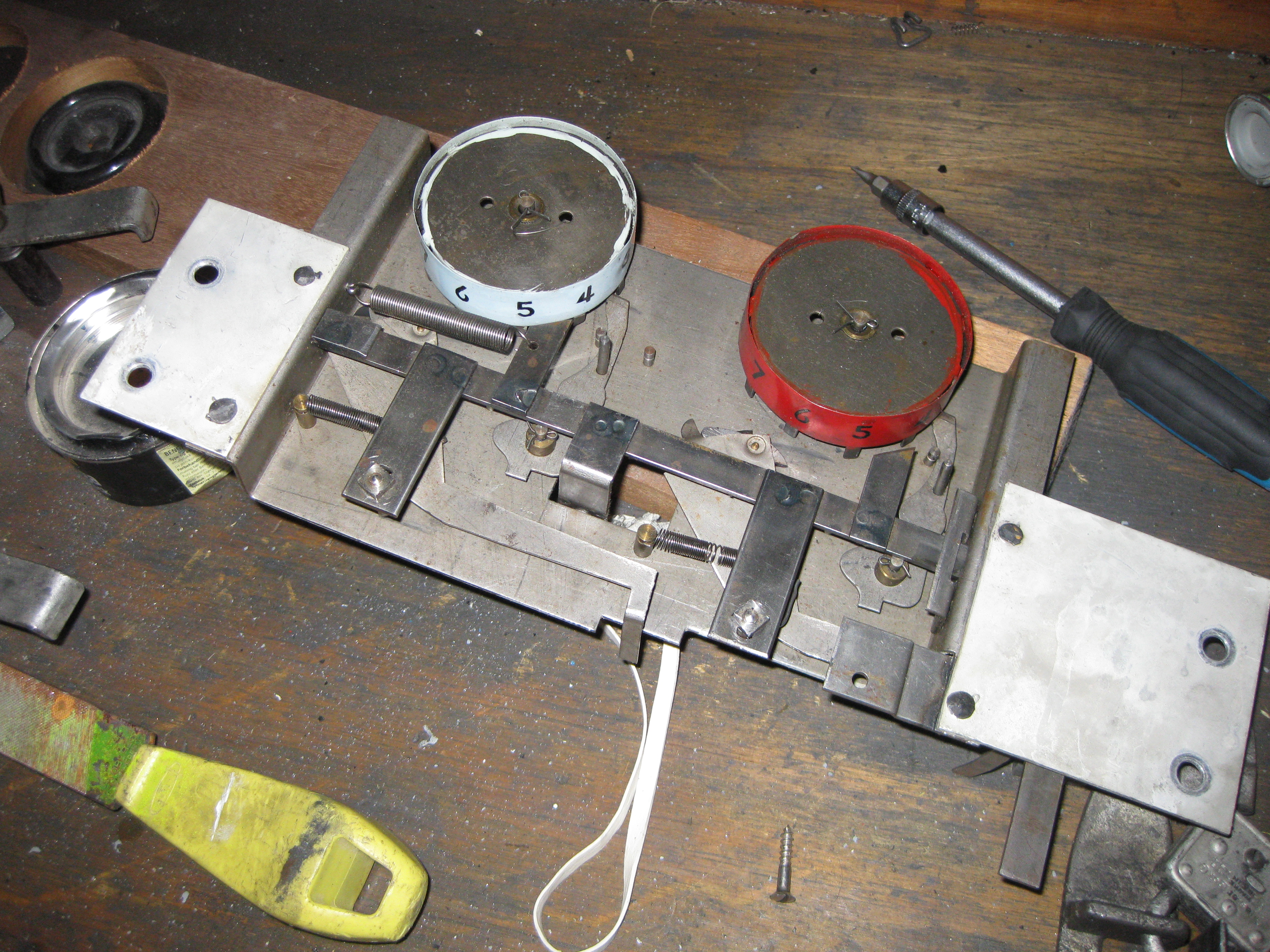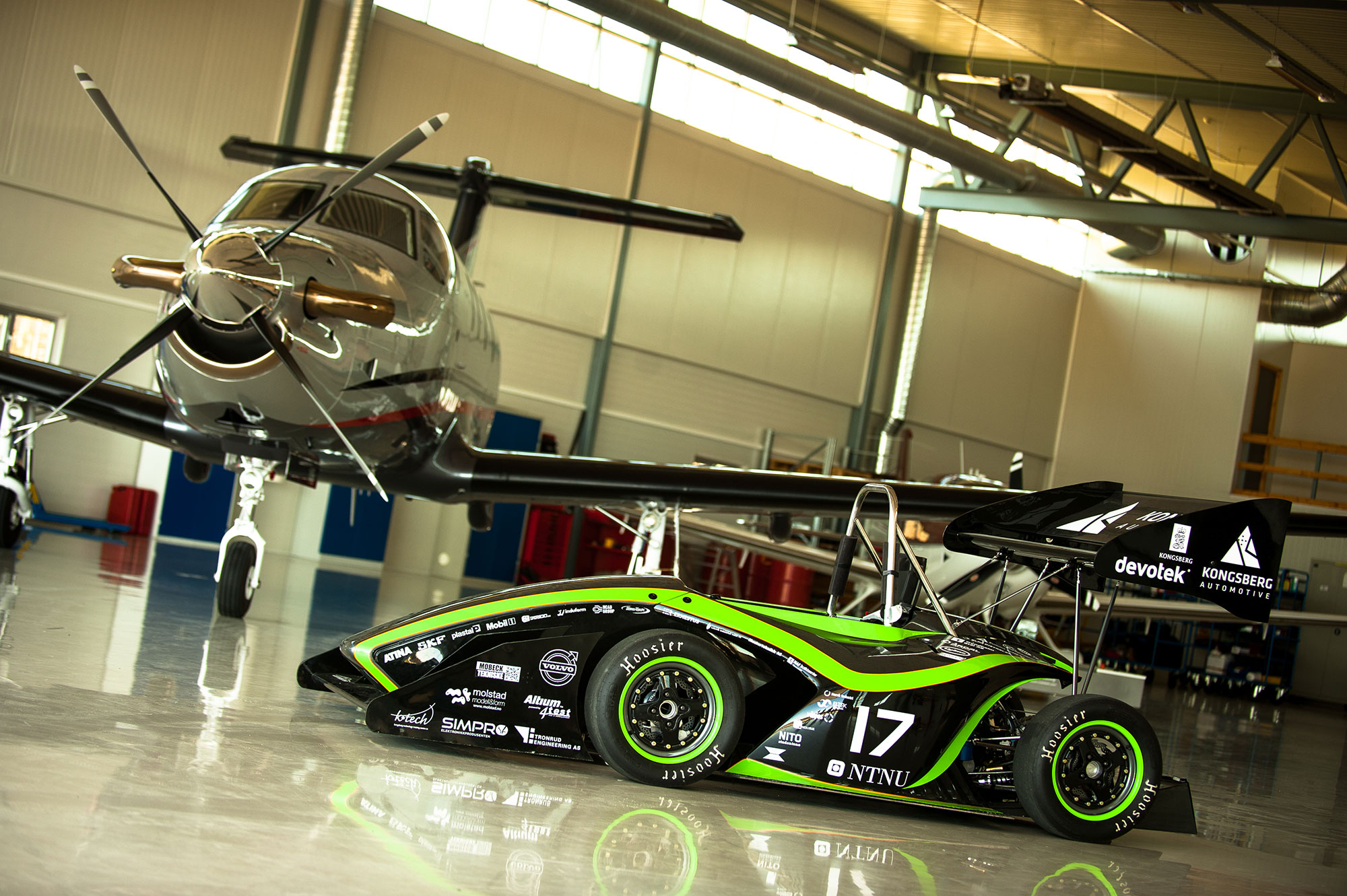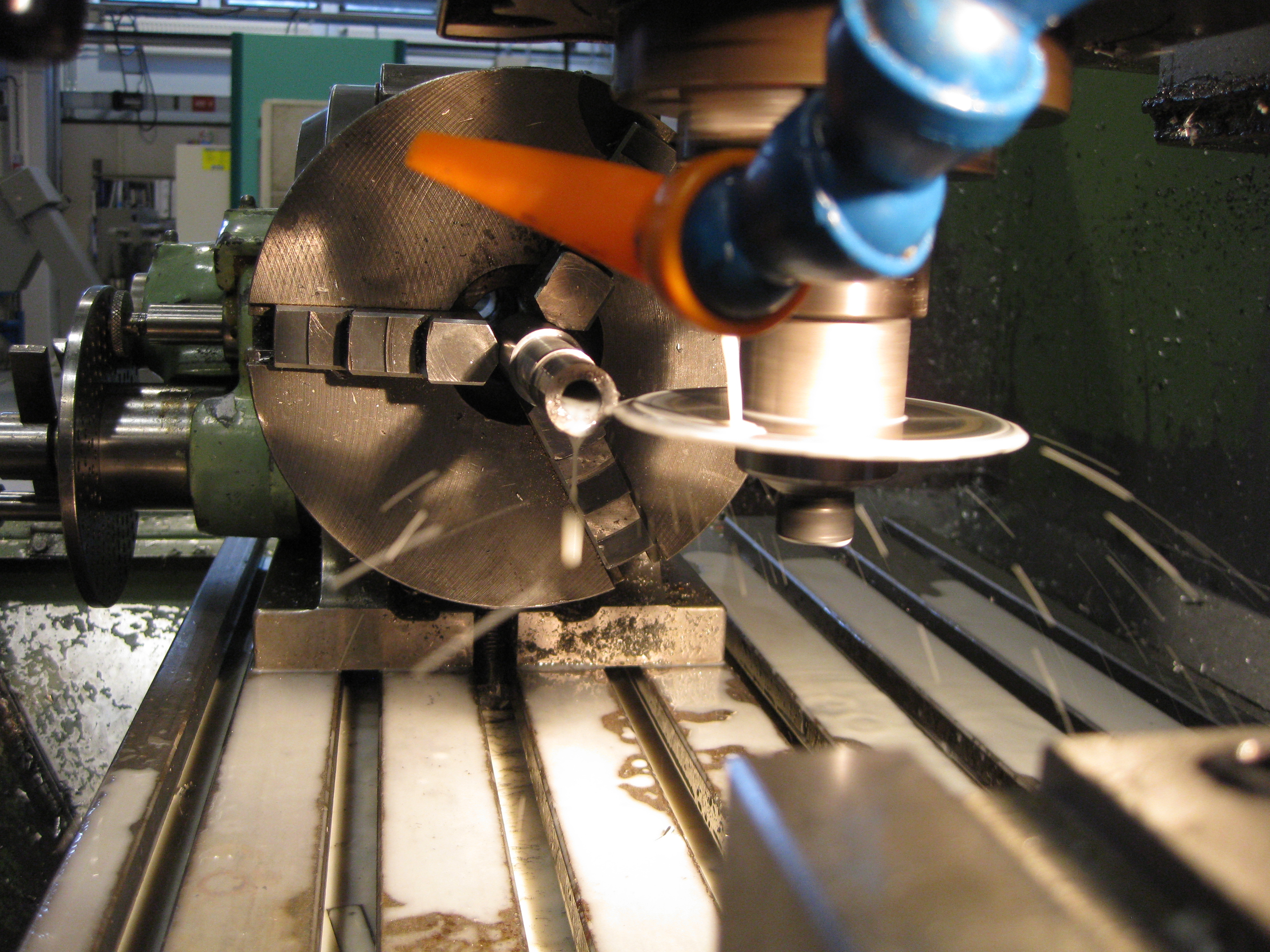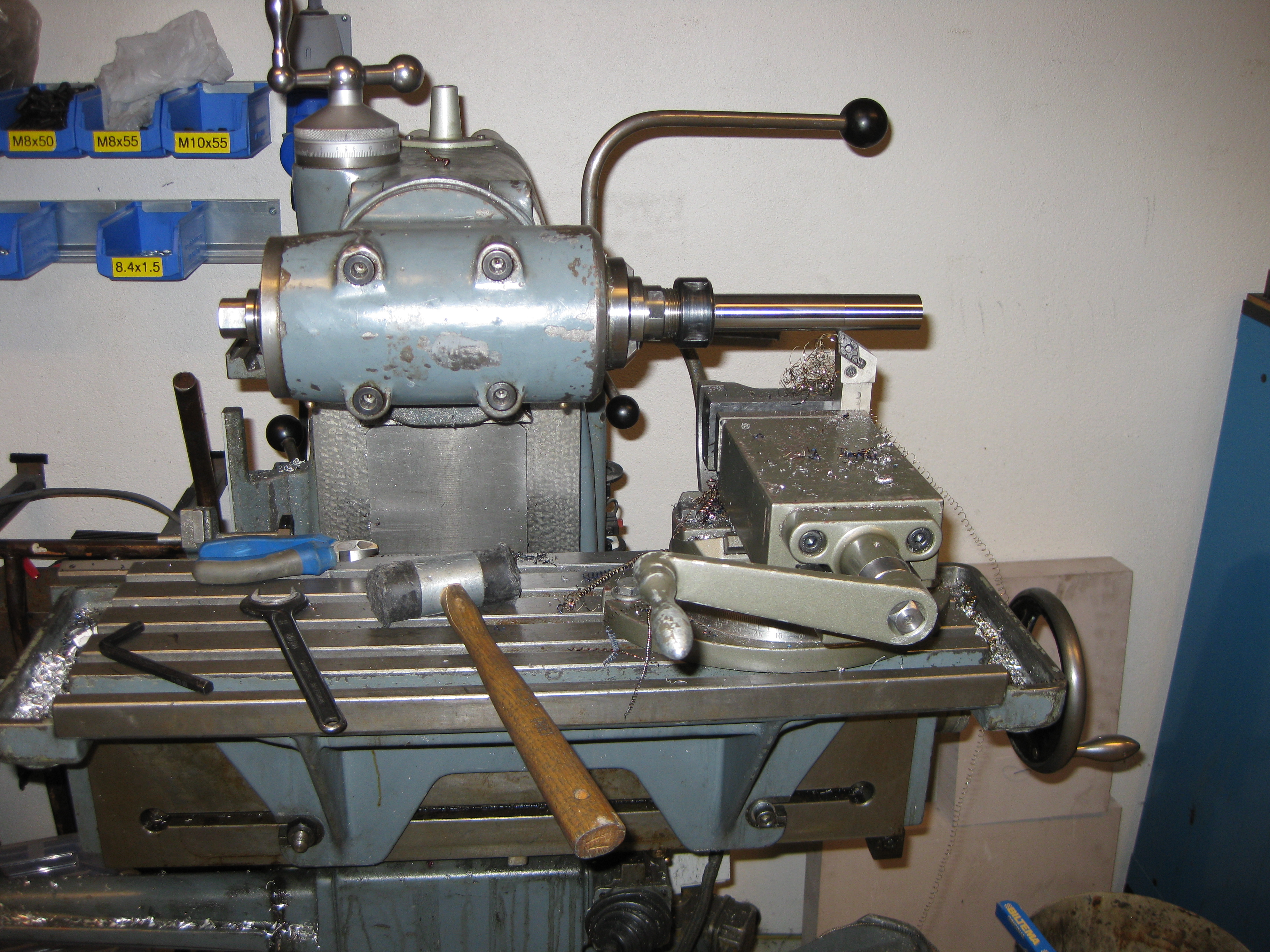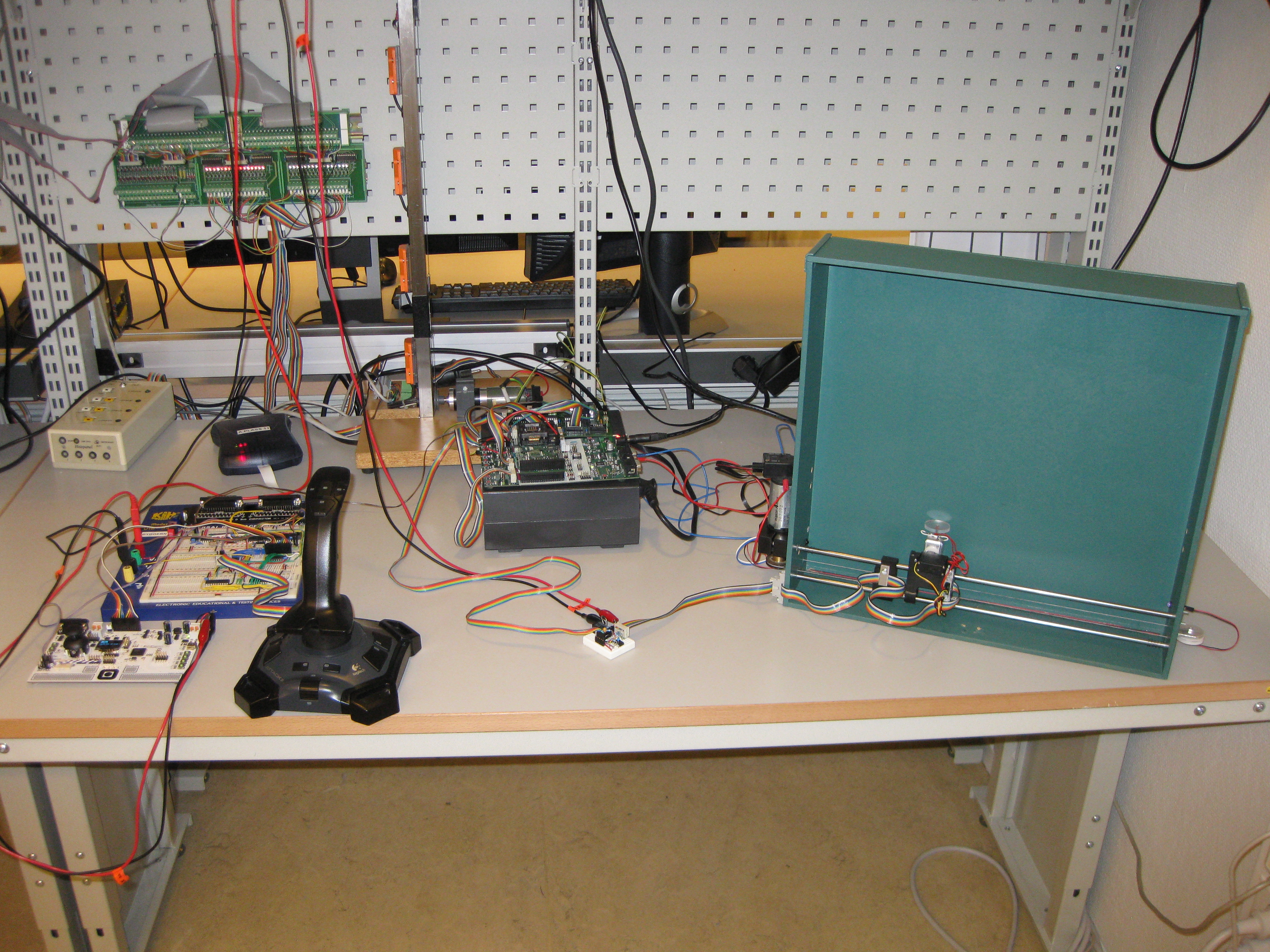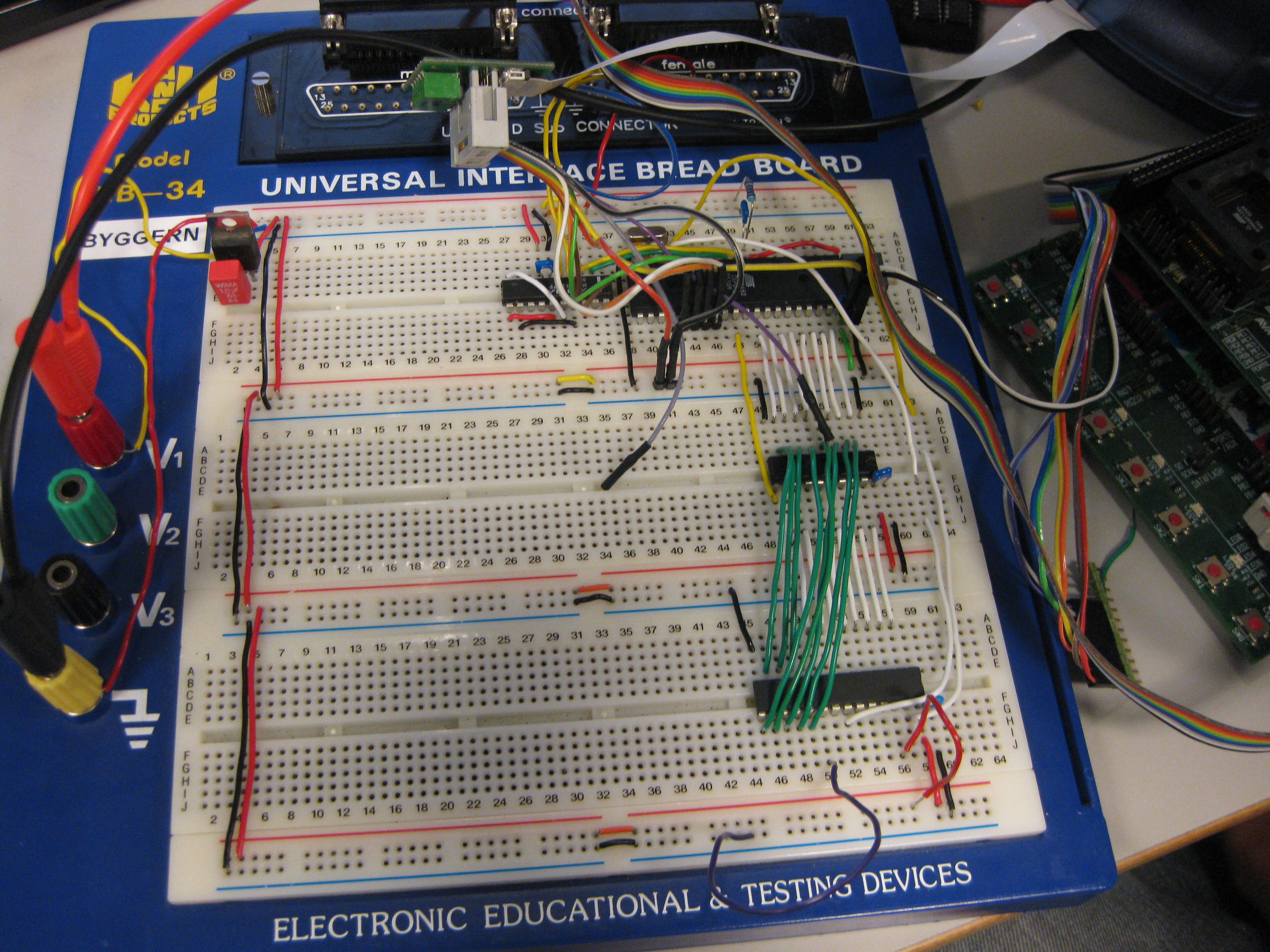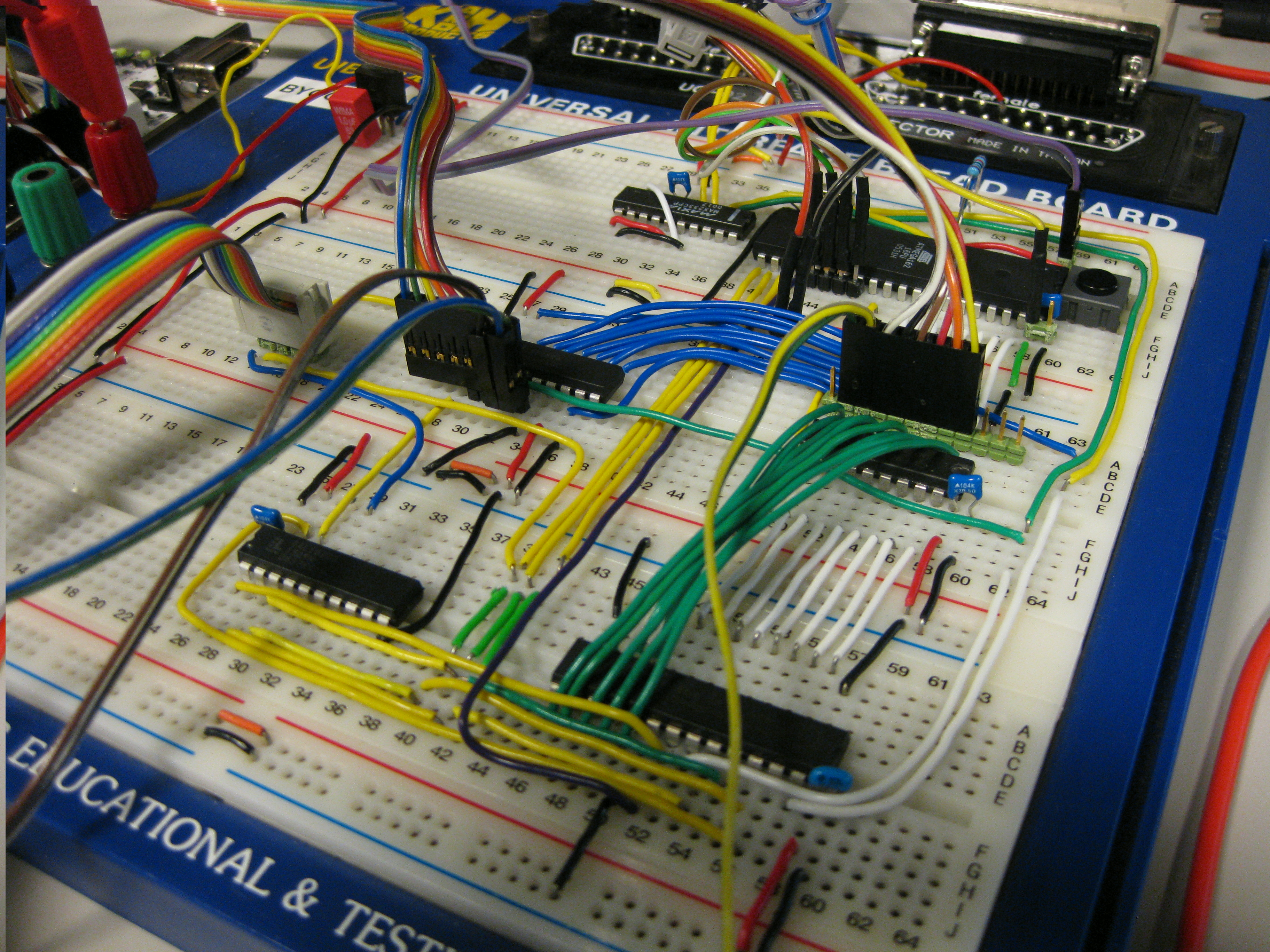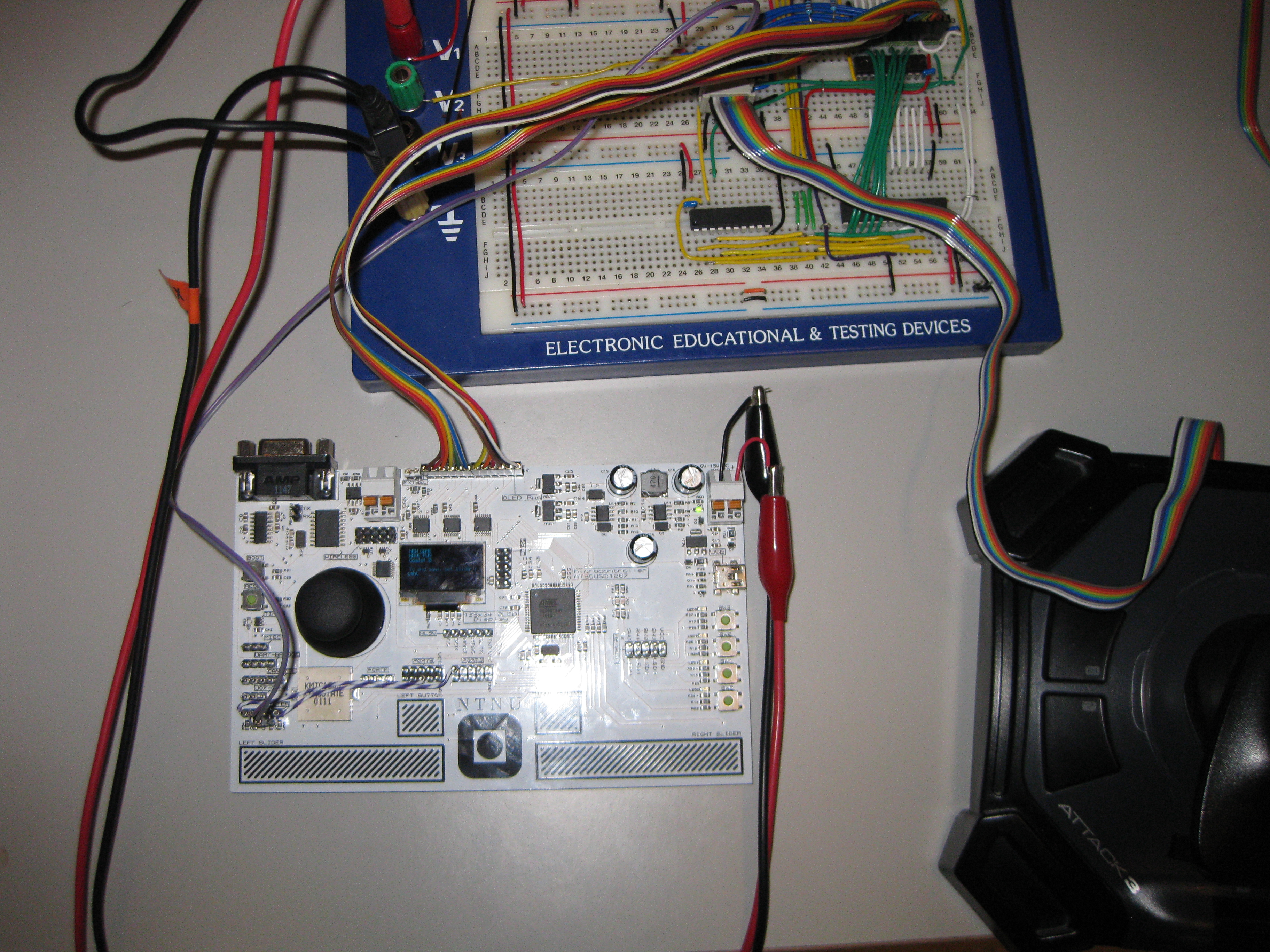The problem
Its a known problem, the conductive silicone buttons on the volca units stops working after a while. This is also true for TV remote controls as well as many other devices. Usually the responsiveness fades away untilthe button is totally dead. My experience is that the colder the temperature, the harder you have to press. The buttons them selves is nothing fancy, and are basically or excactly the same as remote control buttons. Ive seen some claims that the buttons are in fact touch buttons, this is not correct.
Repair options
I found online a guide that said to open the device and clean the silicone conductive pill as well as the contact on the pcb. In my experience this will restore the response of the button to about 90% and only lasting a week or so. Next time yo do this you will only gain 80%, and so on. I found sellers online that actually sell only the conductive pad, you can have them in both graphite version as well as in gold. I never tried these options because the conductive contact patch of the buttons in the volca series is very small and not round. I think it would be difficult to both match the geometry as well as make the pads not come off.



I had some ideas about covering the contact patch in gold leaf. However I could not find real gold leaf anywhere and I felt this would be a lot of trial and error, and in the end probably a mess that may or may not work very well. I know there exist graphite paint or glue sets for remote controls but again I did not want to mess around with any glue that may have to be reapplied every month or so after intensive use.
The solution
I had an idea about covering the contact patch with graphite powder. I did not initially have big hopes for this but I felt I could give it a try anyway. At least the powder can be washed away! I got my graphite powder from a commutator brush that I scraped with a file. I think it would be better to buy clean and finer (micron) graphite powder from ebay etc as some brushes may have toxic lead in them.
How to
- Get some graphite powder and isopropyl alcohol without any additives.
- Open the Volca, be careful with the battery and speaker wires as they may break off right at the solder point.
- Wear a mask as the powder may be a hazardous to breathe in.
- Clean both the conductive rubber pill and the contact patch on the pcb with a Q tip. Volca’s have gold plated tracks, other instruments may have some layered graphite paint that you should be careful with.
- Use a screwdriver, Q-tip etc to apply the powder to the pad, rub it in firmly. I did cover the whole underside in the end, not just the black pads.
- If you have trouble getting the graphite powder to stick to the screwdriver, pute some powder on a paper and rub the silicone pad into it. I think this is better as the graphite will not fall into the hole in the button.
- Blow off any loose particles of graphite powder as these may cause trouble later.
- Reassemble the unit and give it a try! If any problems see the next section.



Troubleshooting and awareness
After first try you may have loose particles of graphite in the contact area, you will see that the button is activated all the time. In some cases this can or will also affect the functions other buttons. If you experience this problem, press the key as this can make the button pick up the graphite as it is quite sticky. Also try pressing the other buttons as they do affect each other. If this does not fix the problem, you will have to open the device and clean the pcb contact. Use a toothbrush as the Volca contacts has a cut groove between the contacts. If you ever break the speaker or battery wires, just solder them again and it should work fine!
Result
The result has proven to be working extremely well, with my Volca FM clocking in a year on this repair, still beeing responsive as good as new or even better in fact! I will admit my job was not the cleanest, but I have had no problems with the unit for over a year now, no stuck buttons no nothing. The only bad thing is that the led light is a little dimmer than before, due to my mess getting the sticky powder down in the hole of the silicone button. It is not hugely noticeable and much better than a not working button at all. For anyone more patient than me may have an even better experience. Good luck!


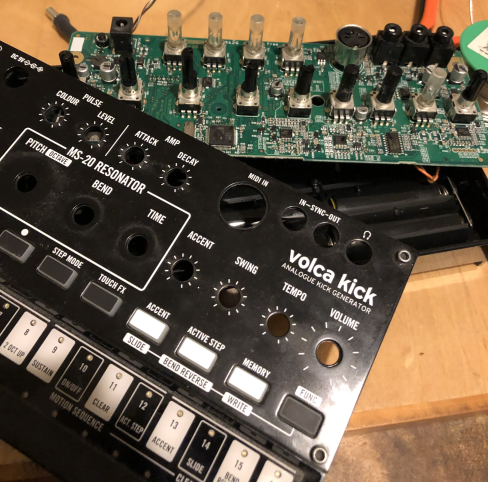

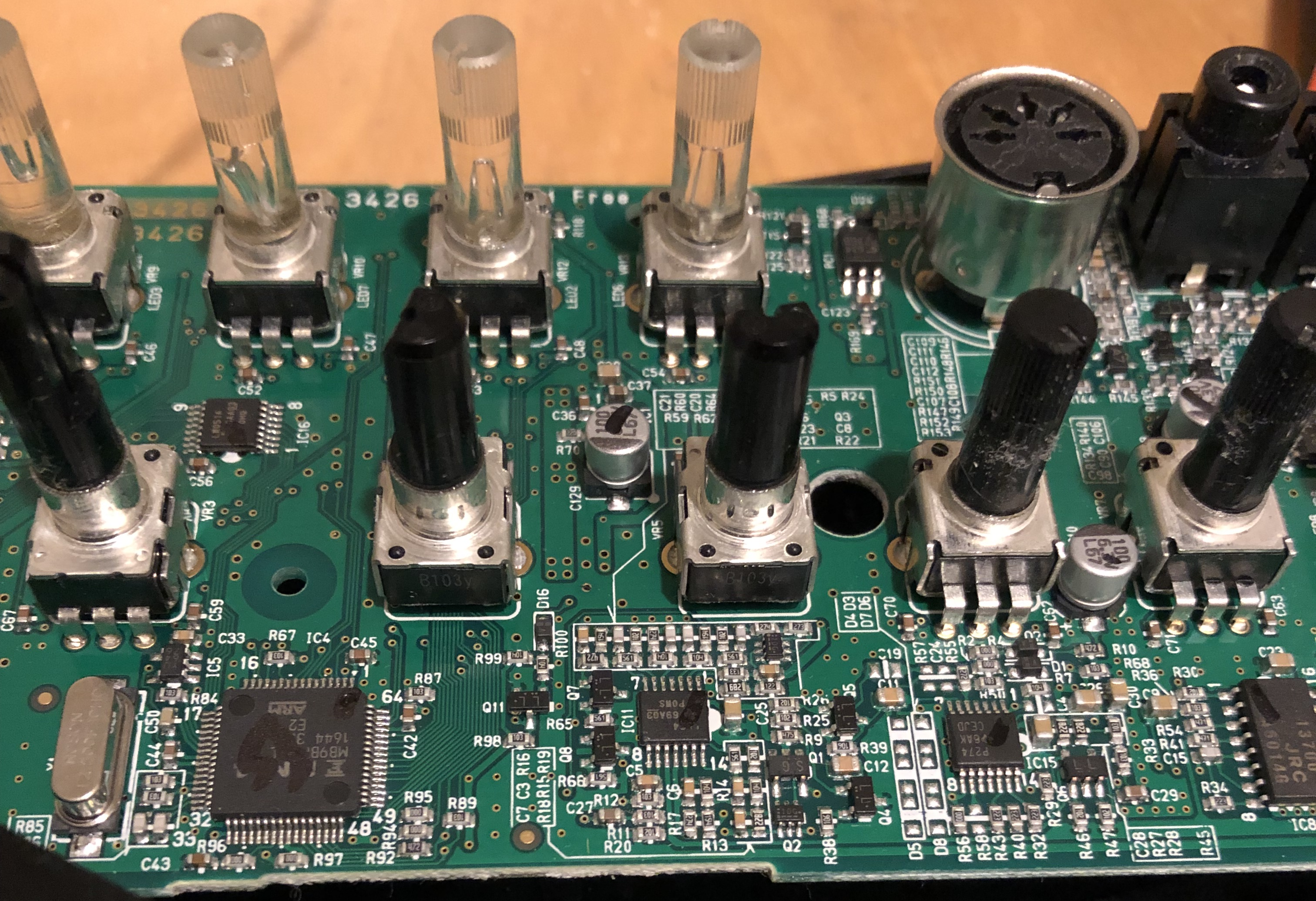
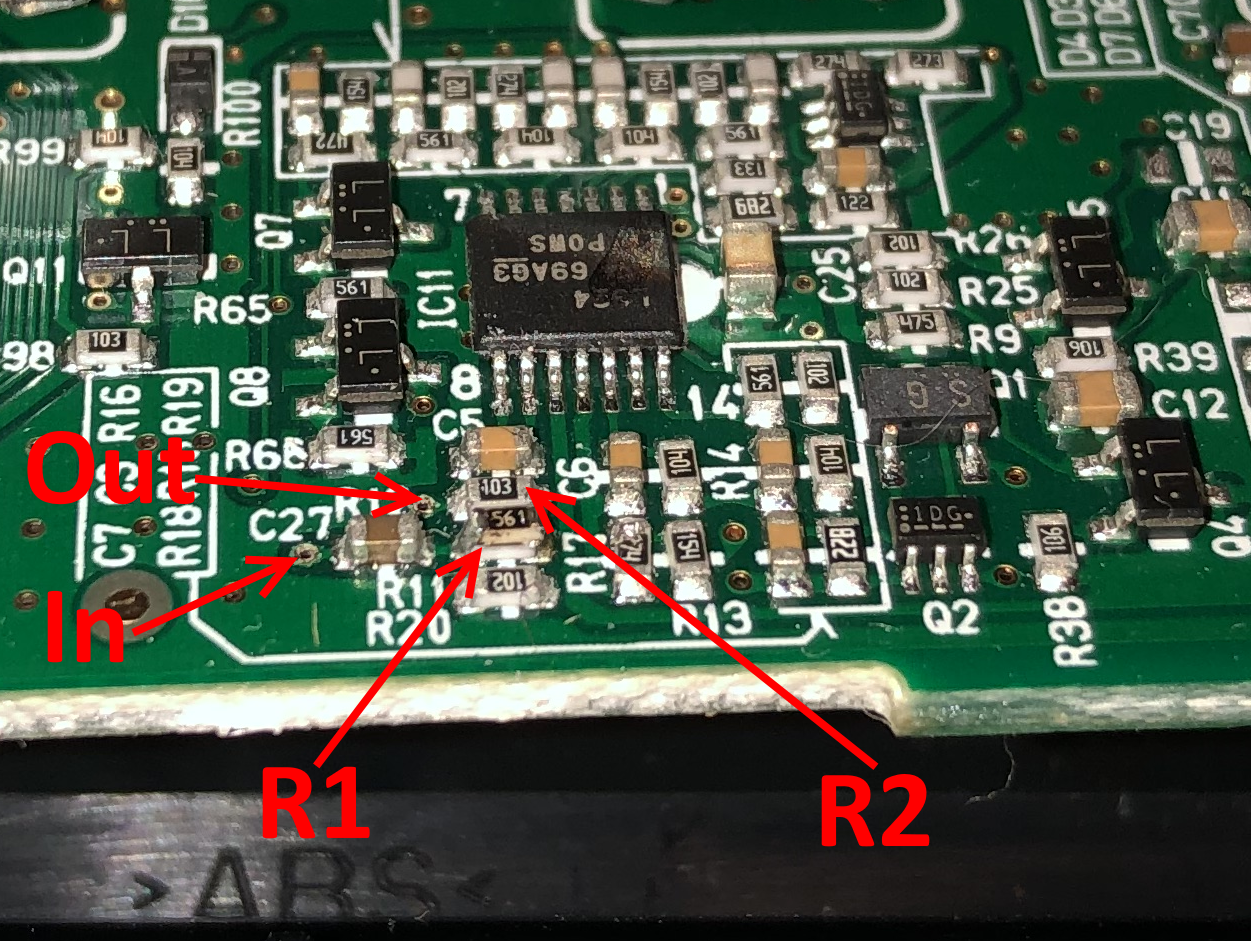


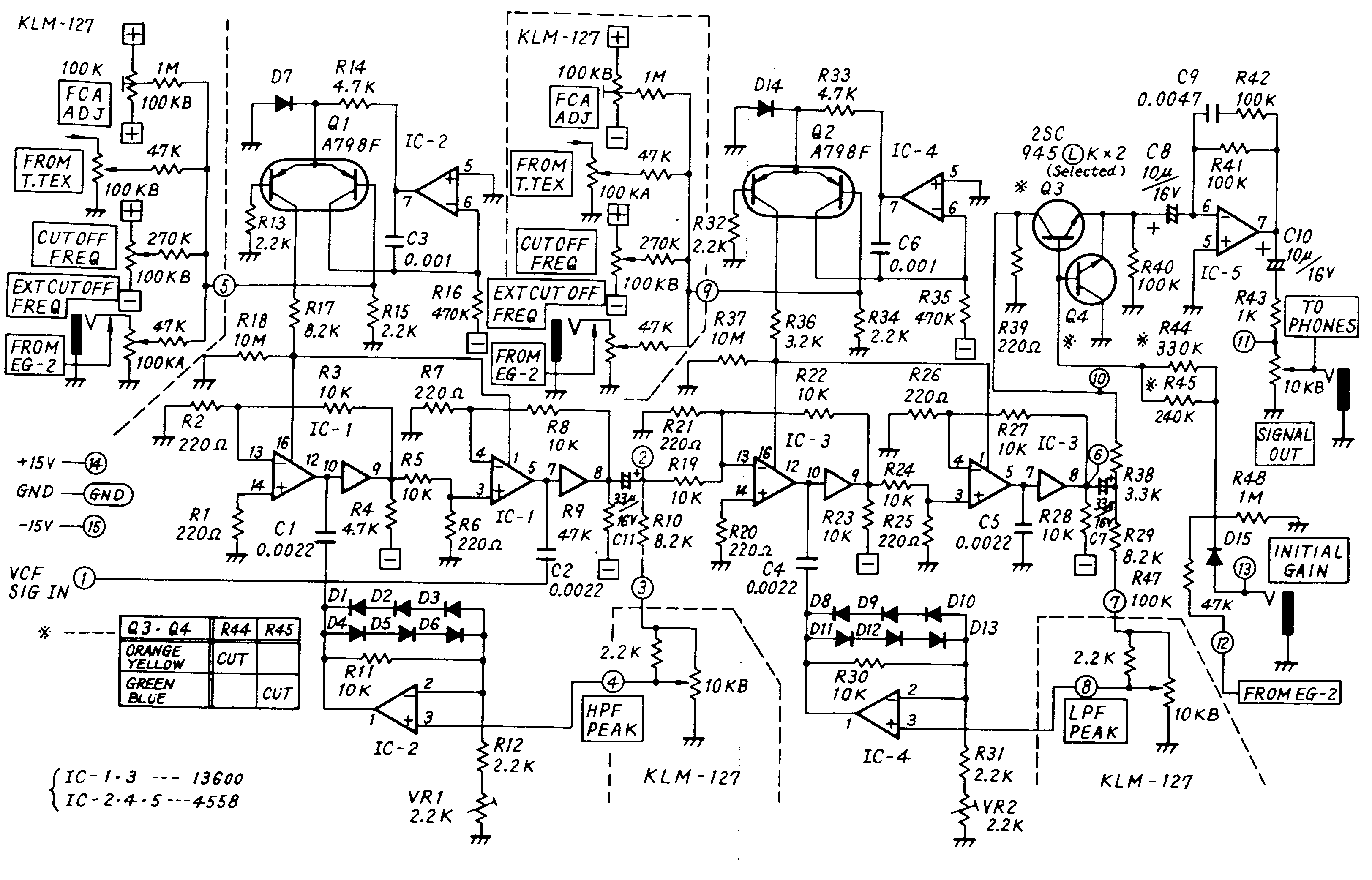














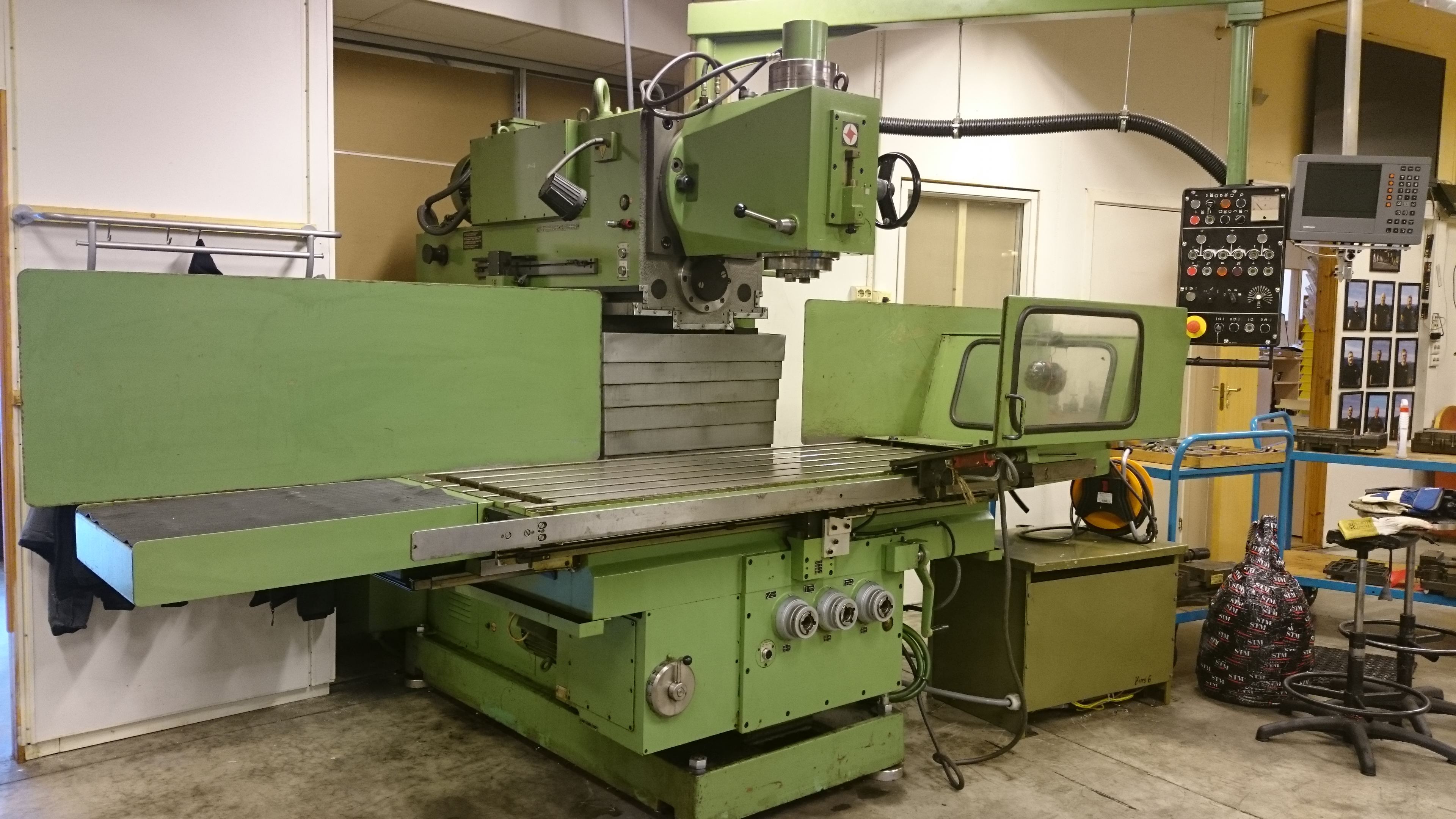






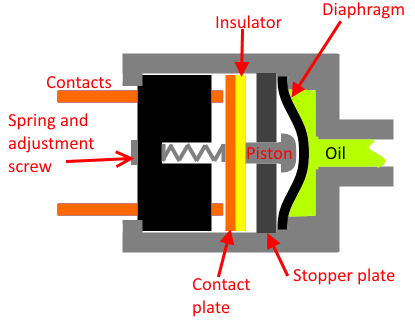




















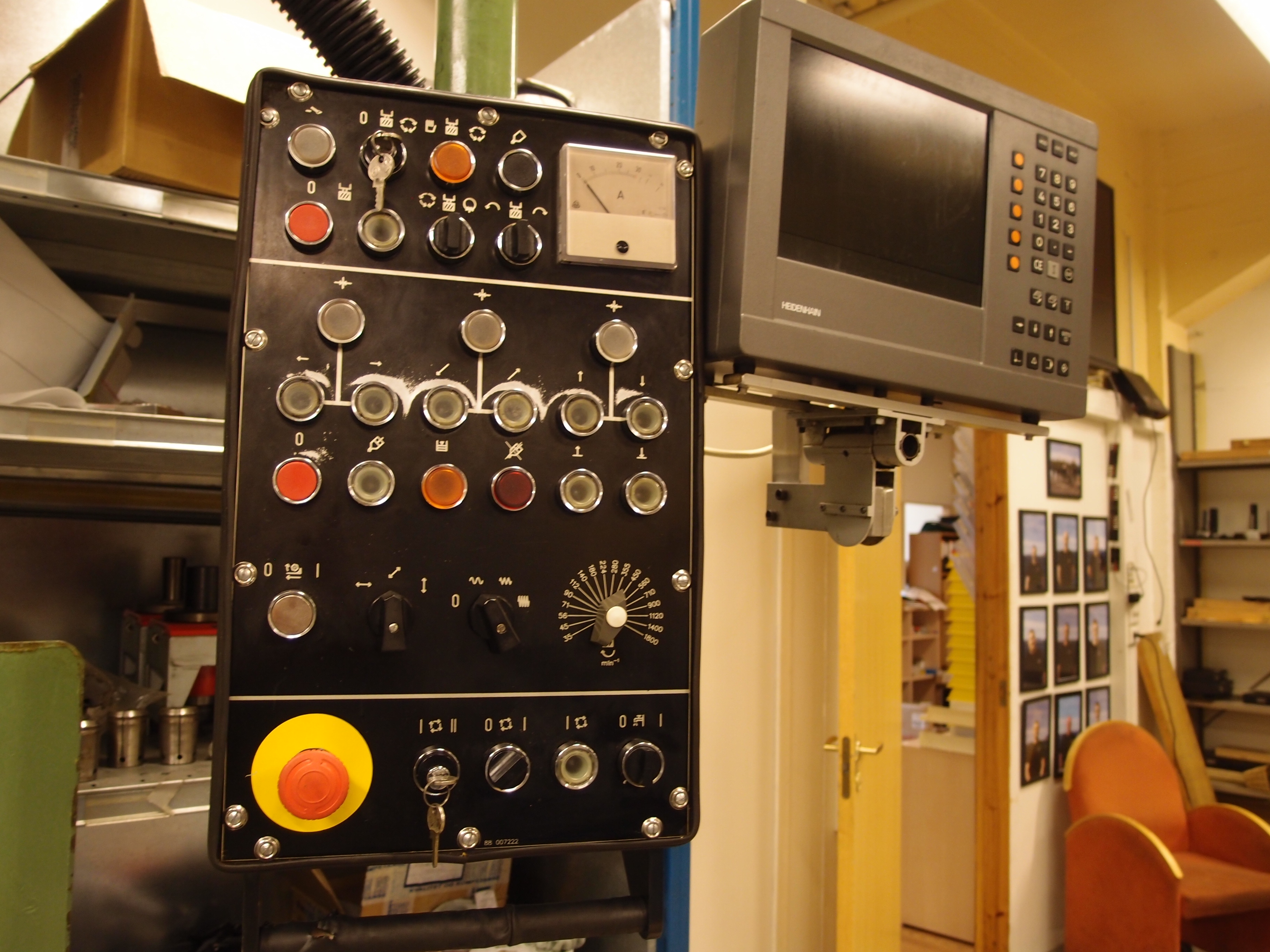


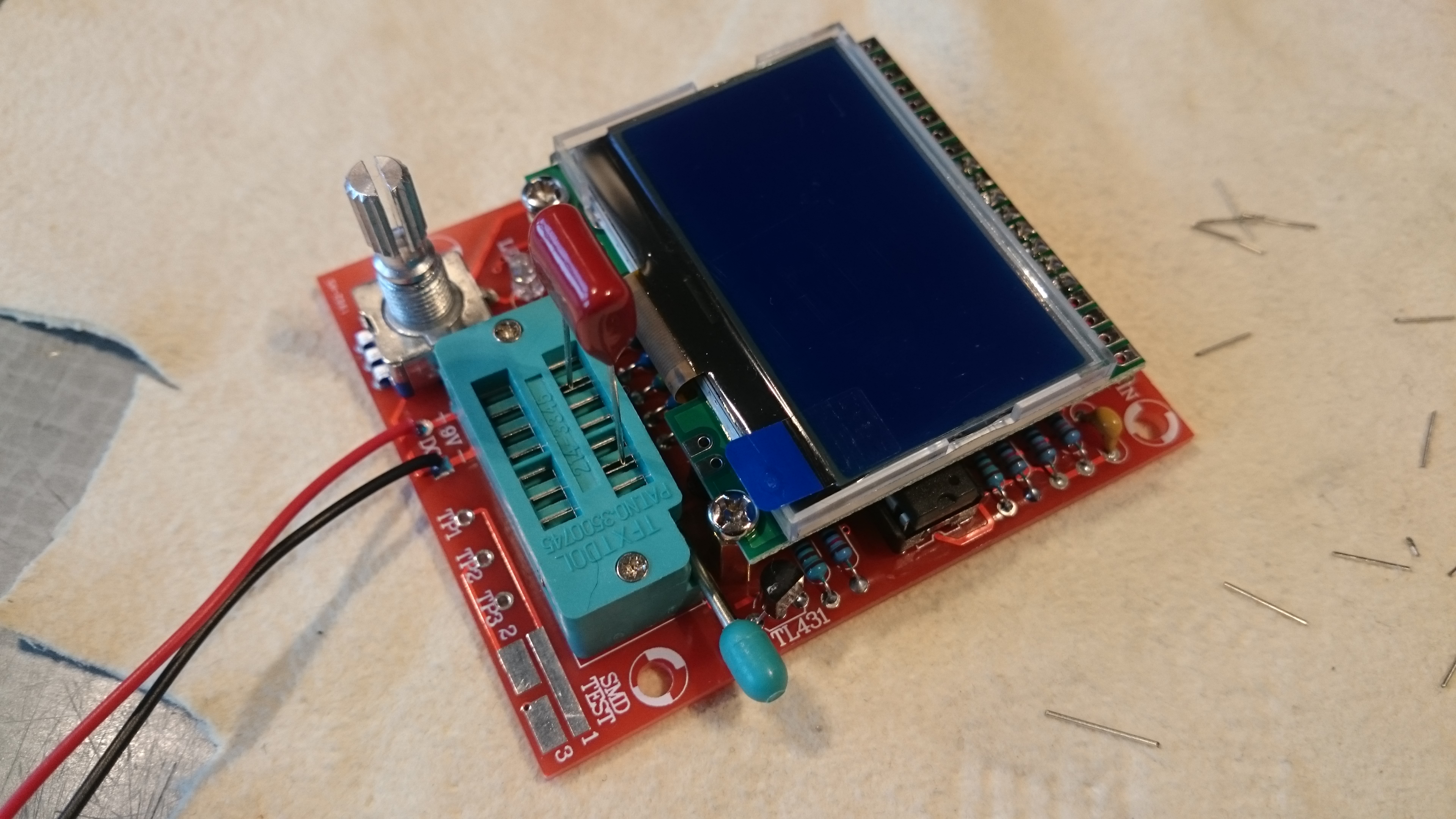 On Ebay I found a little DIY device that could help me test theperformance of various transistors and other components. In the first picture you can see the finished unit, the blue-greenish slot is where the components is inserted. The device has tree test pins, and inserting a transistor in any way to these pins, it will identify the component and some parameters just by pressing the encoder button. It can also test capacitor ESR, diodes, zener-diodes, FET transistors, and so on. The accuracy is of course debartable, so I will test the transistors in other ways to verify.
On Ebay I found a little DIY device that could help me test theperformance of various transistors and other components. In the first picture you can see the finished unit, the blue-greenish slot is where the components is inserted. The device has tree test pins, and inserting a transistor in any way to these pins, it will identify the component and some parameters just by pressing the encoder button. It can also test capacitor ESR, diodes, zener-diodes, FET transistors, and so on. The accuracy is of course debartable, so I will test the transistors in other ways to verify.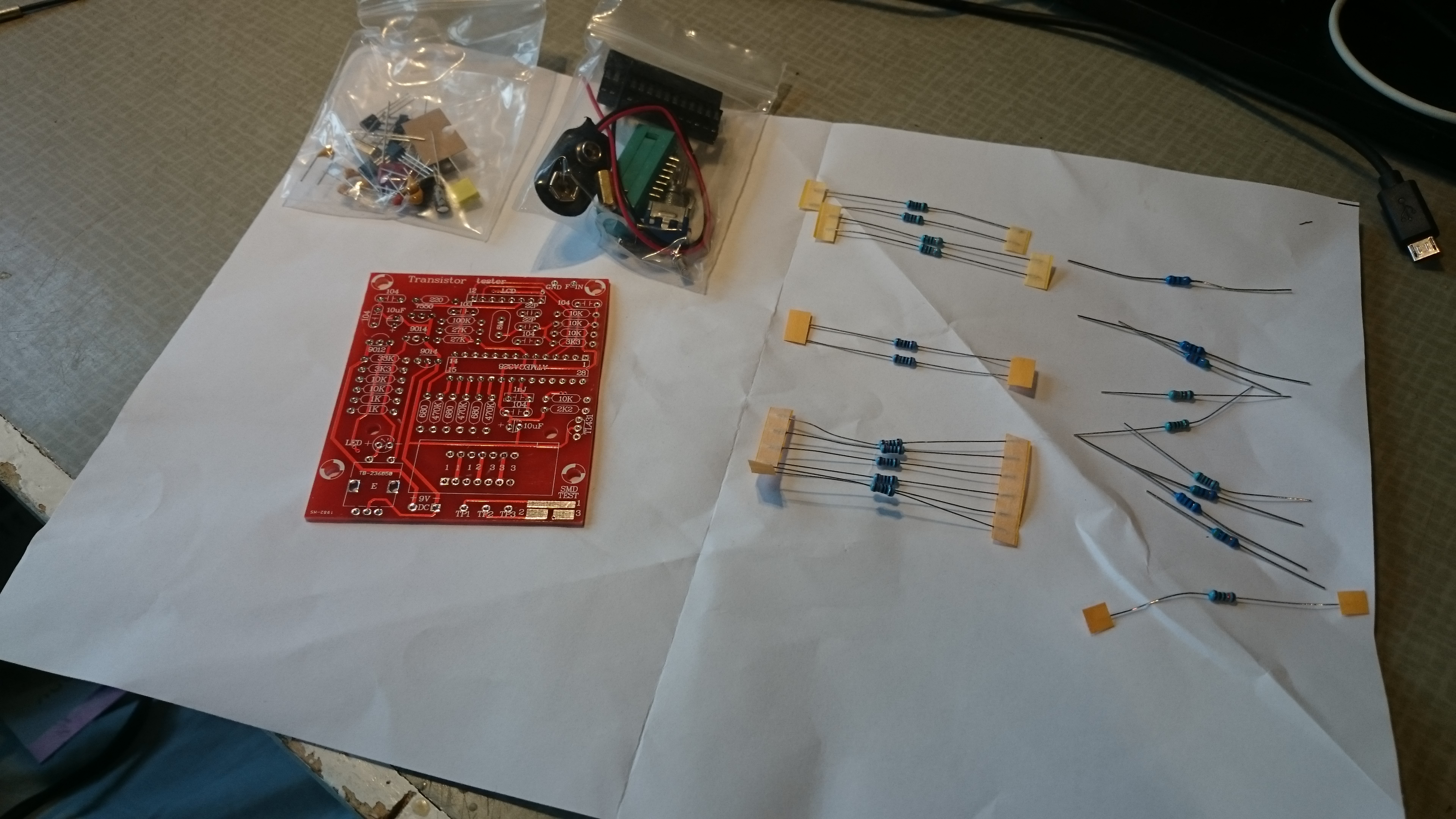 This is all the parts that came in the packet. The circuit board tells you where each component is going, with the value or name of each part. The unit is based upon a Atmega328, just like the Arduino! After soldering, the board was cleaned with a solvent, I found that brake cleaner works quite well.
This is all the parts that came in the packet. The circuit board tells you where each component is going, with the value or name of each part. The unit is based upon a Atmega328, just like the Arduino! After soldering, the board was cleaned with a solvent, I found that brake cleaner works quite well.








